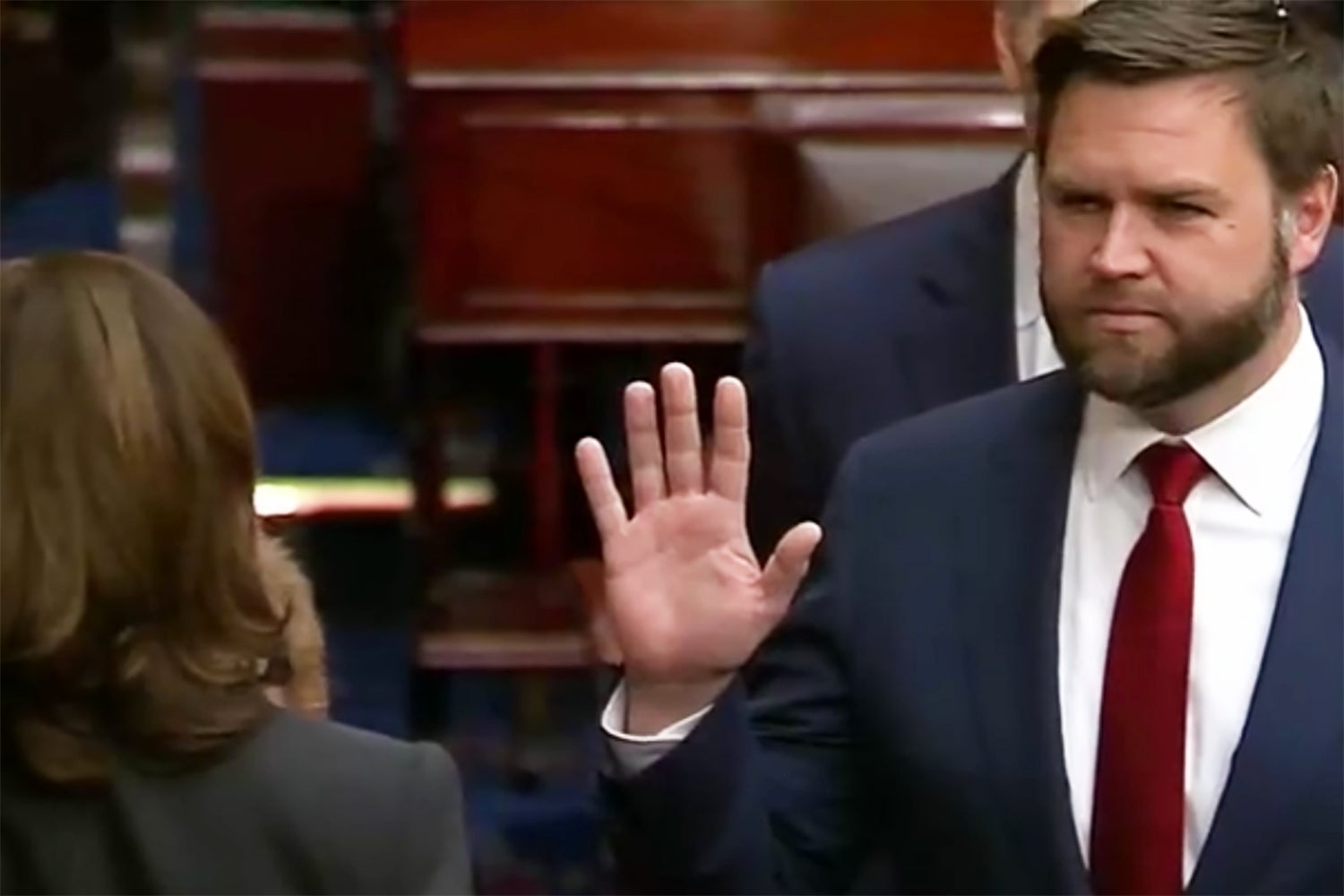EDITORIAL: A pledge for more partisanship? No thanks
Published 12:00 am Saturday, November 18, 2023
One of the best books to get a real feel for how the legislative process works is the autobiography of the late U.S. Sen. Paul Wellstone, D-Minnesota.
Wellstone, whose career was sadly cut short when he died in a 2002 plane crash, was sort of a real-life version of the classic Jimmy Stewart film, “Mr. Smith Goes to Washington.”
A college professor and grassroots activist, Wellstone arrived in Washington after scoring an upset victory for election, toppling an incumbent who massively outspent him in the race.
In his writings and speeches, Wellstone often spoke of his initial attitude upon his arrival at the Capitol, determined to adamantly oppose all the senators who he felt represented the everything he opposed.
His initial months on the job did him no favors, with him being labeled as a strident ideologue by many in the media.
But, as Wellstone learned the ropes in the chamber, he eventually found the way to accomplish many of his goals was by finding common ground with members of the opposition.
Throughout the past century, the Senate has maintained a relatively even split along partisan lines, rarely veering to a supermajority for either party.
That, combined with the filibuster, which requires 60 votes to pass legislation means, for the most part, you have to work with the other side to get results.
Wellstone did this not by sacrificing any of his principles, but by finding those from across the aisle who would back issues he supported.
One of the senator’s biggest accomplishments was a landmark piece mental health parity legislation, which was passed in 1996, co-sponsored with Republican Pete Domenici.
Wellstone’s evolution as a senator to become an effective lawmaker is one that should be studied by all officeholders.
The reason we bring all of this up is because Ohio has U.S. Senate election next year and needs to think about what it wants from the person who represents that seat.
Incumbent Democrat Sherrod Brown has similarly forged bipartisan relationships in the chamber, and has been instrumental in sponsoring and getting passed key legislation, whether it is the PACT Act, which provides benefits for veterans harmed by toxic burn pits, the CHIPS Act, which was needed for Intel’s huge new manufacturing plant in Ohio, or the rail safety legislation he is currently advocating.
All of these have had significant support from Republicans, who one would think to be unlikely allies with Brown, not just in the Senate, but in the House, where separate versions of legislation must also pass.
Brown’s ability to work with the other party has proven to be effective in producing legislation that benefits all Ohioans.
But compare that approach to one of those running to unseat the senator.
Car dealer and tech executive Bernie Moreno has been eying a Senate seat for some time, first running unsuccessfully for his party’s nomination in 2022 (before withdrawing). This year, he is seeking the nomination to challenge Brown in a field which also includes Ohio Sec. of State Frank LaRose and State Sen. Matt Dolan.
Moreno appears to be picking up momentum in the primary race, recently airing a television ad, as well as securing the endorsement of the state’s Republican U.S. senator, JD Vance.
Last month, the Republican candidates appeared at a forum for the Greater Akron Chamber, where they detailed their platforms.
The candidates were asked a fairly typical question for such events — how they would work across the aisle and increase bipartisanship (one we at The Tribune also ask locally every election).
As the Akron Beacon Journal reported, Dolan pointed to bipartisan success in his time as a legislator, while LaRose said he wanted to bring people to his ideas.
But Moreno’s answer was telling. The paper stated he rejected the premise of the question.
“I’m actually going to go to Washington, D.C., to do the things that I just said I was going to do,” Moreno said, referring to his outlined positions.
If he thinks there is no need to work with the other party and he can magically get things accomplished, he is being naïve.
It is simply a mathematical impossibility, given the current Senate split and the number of seats on the ballot, that his party can attain a Senate supermajority in 2024 to enable him to go it alone.
So, in order to be productive in any capacity, Ohio’s U.S. senator is going to have to work with both parties.
Being a loud partisan may make for flashy cable news clips or social media clicks, but it will do little to advance Ohioans interests if nothing gets passed.
Far too often these days in our polarized society, politicians look more to become media celebrities, rather than effective legislators. And by ruling out the idea of cooperation, Moreno seems intent on adding to that problem.
The last thing we need in our politics is more partisanship and stubbornness.
We hope he seriously reconsiders his stance here.
Next year, in the Senate race and others, the state will have to decide who can best advocate for it in the chamber and work to get things done by elevating debate, building alliances and moving legislation toward passage.
Given his answer in Akron, it appears Moreno has no real interest in that.






